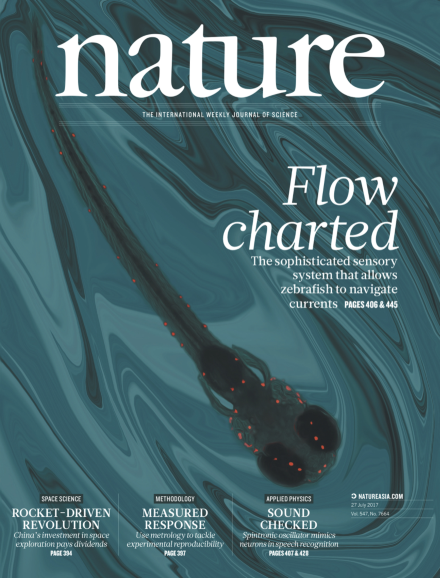Volume 547 Issue 7664, 27 July 2017
Editorial
World View
Seven Days
News
News Feature
Comment
Books & Arts
Correspondence
News & Views
Correction
Article
Letter
Erratum
Corrigendum
Technology Feature
-
How to hack the genome
Collection:
Correction
Feature
Column
-
Look for the leaders
Collection:

